-
Executive Summary
-
Market Introduction
-
Market Definition
-
Scope of the
- Research
- Assumptions & Limitations
-
Study
-
Objectives
-
Markets Structure
-
Key Takeaways
-
Market Research Methodology
-
Research Process
-
Primary Research
-
Secondary Research
-
Market Size Estimation
-
Forecast Model
-
Market Dynamics of the Global Melamine
-
Based Adhesives Market
-
Introduction
-
Drivers
-
Restraints
-
Opportunities
-
Challenges
-
Trends/Technology
-
Market Factor Analysis of the Global Melamine Based
-
Adhesives Market
-
Supply Chain Analysis
- Raw Material Suppliers
- Distributors/Retailers/Wholesalers/E-Commerce
- End User
- Bargaining
- Bargaining Power
- Threat of Substitutes
- Intensity of Competitive Rivalry
-
Manufacturers/Producers
-
Porter’s Five Forces Analysis
-
Threat of New Entrants
-
Power of Buyers
-
of Suppliers
-
Pricing Analysis
-
Global Melamine Based Adhesives
-
Market, by Type
-
Introduction
-
Melamine
- Market
- Market Estimates & Forecast,
-
Formaldehyde
-
Estimates & Forecast, 2020-2027
-
by Region, 2020-2027
-
Urea-Melamine
- Market Estimates & Forecast,
- Market Estimates & Forecast, by Region, 2020-2027
-
Melamine Urea Formaldehyde
- Market Estimates & Forecast, 2020-2027
-
Market Estimates & Forecast, by Region, 2020-2027
-
Global Melamine Based Adhesives Market, by End-Use Industry
-
Introduction
-
Building and Construction
- Market Estimates
-
Market Estimates & Forecast, 2020-2027
-
& Forecast, by Region, 2020-2027
-
Automotive
- Market Estimates
-
Market Estimates & Forecast, 2020-2027
-
& Forecast, by Region, 2020-2027
-
Household
- Market Estimates
-
Market Estimates & Forecast, 2020-2027
-
& Forecast, by Region, 2020-2027
-
Paper and Packaging
- Market Estimates & Forecast, 2020-2027
- Market
-
Estimates & Forecast, by Region, 2020-2027
-
Chemicals
- Market Estimates & Forecast, 2020-2027
- Market Estimates & Forecast, by Region, 2020-2027
- Market Estimates & Forecast, 2020-2027
-
and Allied Industries
-
Others
-
Market Estimates & Forecast, by Region, 2020-2027
-
Global Melamine Based Adhesives Market, by Region
-
Introduction
-
North America
- Market Estimates &
- Market Estimates & Forecast,
- Market Estimates & Forecast,
- US
- Canada
-
Forecast, 2020-2027
-
by Type, 2020-2027
-
by End-Use Industry, 2020-2027
-
& Forecast, by Type, 2020-2027
-
Market Estimates & Forecast, 2020-2027
-
& Forecast, by End-Use Industry, 2020-2027
-
Europe
- Market Estimates & Forecast, 2020-2027
-
Market Estimates & Forecast, by Type, 2020-2027
-
Market Estimates & Forecast, by End-Use Industry, 2020-2027
-
Germany
-
Market Estimates & Forecast, 2020-2027
-
& Forecast, by End-Use Industry, 2020-2027
-
France
-
Estimates & Forecast, 2020-2027
-
Forecast, by End-Use Industry, 2020-2027
-
& Forecast, 2020-2027
-
by End-Use Industry, 2020-2027
-
Estimates & Forecast, by Type,2020-2027
-
Forecast, by Type,2020-2027
-
by Type,2020-2027
-
Market Estimates & Forecast, by Type, 2020-2027
-
Market Estimates
-
Market
-
Market Estimates & Forecast, by Type, 2020-2027
-
Market Estimates &
-
Italy
-
Market Estimates
-
Market Estimates & Forecast, by Type, 2020-2027
-
Market Estimates & Forecast,
-
Spain
-
Market Estimates & Forecast,
-
Market
-
Market Estimates & Forecast, by End-Use Industry,
-
UK
-
Market Estimates & Forecast, 2020-2027
-
Market Estimates &
-
Market Estimates & Forecast, by End-Use Industry, 2020-2027
-
Russia
-
Market Estimates & Forecast, 2020-2027
-
Market Estimates & Forecast,
-
Market Estimates & Forecast, by End-Use Industry, 2020-2027
-
Poland
-
Market Estimates & Forecast, 2020-2027
-
& Forecast, by End-Use Industry, 2020-2027
-
of Europe
-
Market Estimates & Forecast, 2020-2027
-
& Forecast, by End-Use Industry, 2020-2027
-
Market Estimates & Forecast, by Type, 2020-2027
-
Market Estimates
-
Rest
-
Market Estimates & Forecast, by Type, 2020-2027
-
Market Estimates
-
Asia-Pacific
- Market Estimates & Forecast, 2020-2027
-
Market Estimates & Forecast, by Type, 2020-2027
-
Market Estimates & Forecast, by End-Use Industry, 2020-2027
-
China
-
Market Estimates & Forecast, 2020-2027
-
Estimates & Forecast, by End-Use Industry, 2020-2027
-
India
-
Market Estimates & Forecast, 2020-2027
-
Market Estimates & Forecast, by Type,
-
Market
-
Market Estimates & Forecast, by Type,
-
Market Estimates & Forecast, by End-Use Industry, 2020-2027
-
Japan
-
Market Estimates & Forecast, 2020-2027
-
Market Estimates & Forecast, by Type,
-
Market Estimates & Forecast, by End-Use Industry, 2020-2027
-
Australia & New Zealand
-
& Forecast, by Type, 2020-2027
-
Market Estimates & Forecast, 2020-2027
-
Market Estimates
-
Market Estimates & Forecast, by End-Use Industry,
-
Rest of Asia-Pacific
-
Market Estimates & Forecast,
-
Market Estimates & Forecast, by Type, 2020-2027
-
Industry, 2020-2027
-
Middle East & Africa
-
Forecast, 2020-2027
-
by Type, 2020-2027
-
by End-Use Industry, 2020-2027
-
& Forecast, by Type, 2020-2027
-
Estimates & Forecast, by End-Use Industry, 2020-2027
-
North Africa
-
Estimates & Forecast, by End-Use Industry, 2020-2027
-
Turkey
-
Market Estimates & Forecast, 2020-2027
-
& Forecast, by End-Use Industry, 2020-2027
-
of Middle East & Africa
-
by Type, 2020-2027
-
Market Estimates & Forecast, by End-Use
-
Market Estimates &
-
Market Estimates & Forecast,
-
Market Estimates & Forecast,
-
GCC
-
Market Estimates & Forecast, 2020-2027
-
Market Estimates
-
Market Estimates & Forecast, by End-Use Industry, 2020-2027
-
Israel
-
Market Estimates & Forecast, 2020-2027
-
Market Estimates & Forecast, by Type,
-
Market
-
Market Estimates & Forecast, 2020-2027
-
Market Estimates & Forecast, by Type,
-
Market
-
Market Estimates & Forecast, by Type, 2020-2027
-
Market Estimates
-
Rest
-
Market Estimates & Forecast, 2020-2027
-
Market Estimates & Forecast,
-
Market Estimates & Forecast, by End-Use Industry, 2020-2027
-
Latin America
-
by Type, 2020-2027
-
Market Estimates & Forecast,
-
Market Estimates & Forecast, by Type, 2020-2027
-
Market Estimates & Forecast, by End-Use Industry, 2020-2027
-
Brazil
-
Market Estimates & Forecast, 2020-2027
-
Market Estimates & Forecast,
-
Market Estimates & Forecast, by End-Use Industry, 2020-2027
-
by Type, 2020-2027
-
Argentina
-
Market Estimates & Forecast, 2020-2027
-
Market Estimates & Forecast,
-
Market Estimates & Forecast, by End-Use Industry, 2020-2027
-
Estimates & Forecast, by End-Use Industry, 2020-2027
-
Rest of Latin America
-
by Type, 2020-2027
-
Mexico
-
Market Estimates & Forecast, 2020-2027
-
Market Estimates & Forecast, by Type,
-
Market
-
Market Estimates & Forecast, 2020-2027
-
Market Estimates & Forecast,
-
Market Estimates & Forecast, by End-Use Industry, 2020-2027
-
Company Landscape
-
Introduction
-
Market Strategy
-
Key Development Analysis (Expansion/Mergers & Acquisitions/Joint Ventures/New
-
Product Development/Agreements/Investments)
-
Company
-
Profiles
-
Georgia-Pacific Chemicals
- Financial Updates
- Product/Business Segment Overview
- Strategy
- SWOT Analysis
- Company Overview
- Strategy
- Key Developments
-
LLC
-
Company Overview
-
Key Developments
-
OCI Nitrogen
-
Financial Updates
-
Product/Business Segment Overview
-
SWOT Analysis
-
National Casein
- Company Overview
- Financial Updates
- Key Developments
- SWOT Analysis
-
Product/Business Segment Overview
-
Strategy
-
Cornerstone
- Financial Updates
- Product/Business Segment Overview
- Strategy
- SWOT Analysis
- Financial Updates
- Product/Business Segment Overview
- Strategy
- SWOT Analysis
- Company Overview
- Strategy
- Key Developments
-
Chemical Company
-
Company Overview
-
Key Developments
-
Hexion
-
Company Overview
-
Key Developments
-
INEOS
-
Financial Updates
-
Product/Business Segment Overview
-
SWOT Analysis
-
OCI Nitrogen
- Financial Updates
- Product/Business Segment Overview
- Strategy
- SWOT Analysis
-
Company Overview
-
Key Developments
-
Conclusion
-
LIST OF TABLES
-
Global Melamine Based Adhesives Market: by Region, 2020-2027
-
North America: Melamine Based Adhesives Market, by Country,
-
Europe: Melamine Based Adhesives Market,
-
by Country, 2020-2027
-
Asia-Pacific: Melamine Based
-
Adhesives Market. by Country, 2020-2027
-
Middle East
-
& Africa: Melamine Based Adhesives Market, by Country, 2020-2027
-
Table
-
Latin America: Melamine Based Adhesives Market, by Country,
-
Global Melamine Based Adhesives Type Market,
-
by Regions, 2020-2027
-
North America: Melamine Based
-
Adhesives Type Market, by Country, 2020-2027
-
Europe:
-
Melamine Based Adhesives Type Market, by Country, 2020-2027
-
Table10
-
Asia-Pacific: Melamine Based Adhesives Type Market, by Country, 2020-2027
-
Table11 Middle East & Africa: Melamine Based Adhesives Type
-
Market, by Country, 2020-2027
-
Table12 Latin America: Melamine
-
Based Adhesives Type Market, by Country, 2020-2027
-
Table13 Global
-
Melamine Based Adhesives End-Use Industry Market, by Regions, 2020-2027
-
Table14
-
North America: Melamine Based Adhesives End-Use Industry Market, by Country,
-
Table15 Europe: Melamine Based Adhesives End-Use
-
Industry Market, by Country, 2020-2027
-
Table16 Asia-Pacific:
-
Melamine Based Adhesives End-Use Industry Market, by Country, 2020-2027
-
Table17
-
Middle East & Africa: Melamine Based Adhesives End-Use Industry Market,
-
by Country, 2020-2027
-
Table18 Latin America: Melamine Based
-
Adhesives by End-Use Industry Market, by Country, 2016-2025
-
Table19
-
Global Type Market, by Region, 2020-2027
-
Table20 Global
-
End-Use Industry Market, by Region, 2020-2027
-
Table21 North
-
America: Melamine Based Adhesives Market, by Country, 2020-2027
-
Table22
-
North America: Melamine Based Adhesives Market, by Type, 2020-2027
-
Table23
-
North America: Melamine Based Adhesives Market, by End-Use Industry, 2020-2027
-
Table24 Europe: Melamine Based Adhesives Market, by Country,
-
Table25 Europe: Melamine Based Adhesives Market,
-
by Type, 2020-2027
-
Table26 Europe: Melamine Based Adhesives
-
Market, by End-Use Industry, 2020-2027
-
Table27 Asia-Pacific:
-
Melamine Based Adhesives Market, by Country, 2020-2027
-
Table28
-
Asia-Pacific: Melamine Based Adhesives Market, by Type, 2020-2027
-
Table29
-
Asia-Pacific: Melamine Based Adhesives Market, by End-Use Industry, 2020-2027
-
Table30 Middle East & Africa: Melamine Based Adhesives
-
Market, by Country, 2020-2027
-
Table31 Middle East & Africa:
-
Melamine Based Adhesives Market, by Type, 2020-2027
-
Table32
-
Middle East & Africa: Melamine Based Adhesives Market, by End-Use Industry,
-
Table33 Latin America: Melamine Based Adhesives
-
Market, by Country, 2020-2027
-
Table34 Latin America:
-
Melamine Based Adhesives Market, by Type, 2020-2027
-
Table35 Latin
-
America: Melamine Based Adhesives Market, by End-Use Industry, 2020-2027
-
LIST OF FIGURES
-
Global Melamine Based
-
Adhesives Market Segmentation
-
Forecast Research Methodology
-
Five Forces Analysis of Global Melamine Based Adhesives
-
Market
-
Value Chain of Global Melamine Based Adhesives
-
Market
-
Global Melamine Based Adhesives Market, 2020-2027,
-
by Country, 2020
-
Share of Global Melamine Based Adhesives
-
Market, by Country, 2020-2027
-
Global Melamine Based Adhesives
-
Market Size, by Type, 2020
-
Share of Global Melamine Based
-
Adhesives Market, by Type, 2020-2027
-
Global Melamine
-
Based Adhesives Market Size, by End-Use Industry, 2020
-
FIGURE10 Share
-
of Global Melamine Based Adhesives Market, by End-Use Industry, 2020-2027

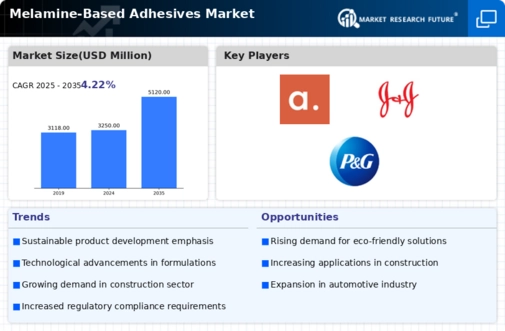
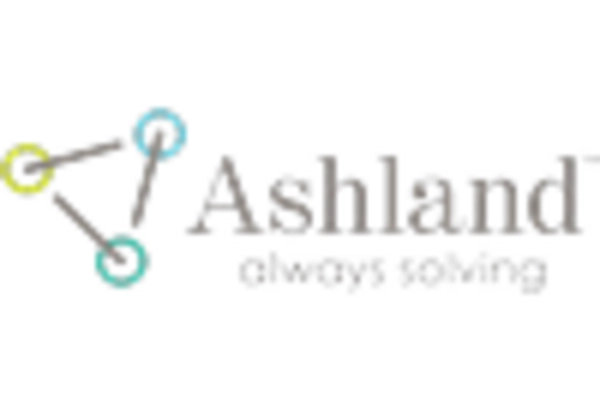

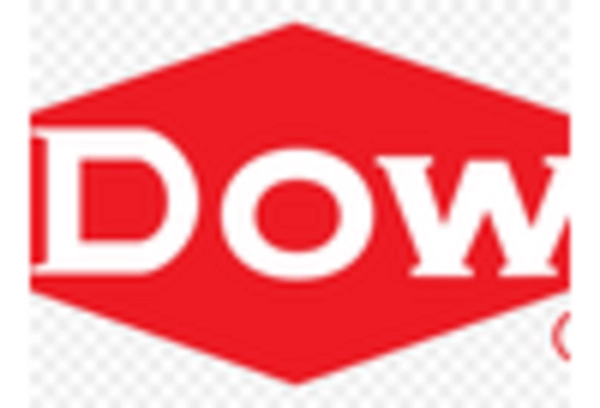

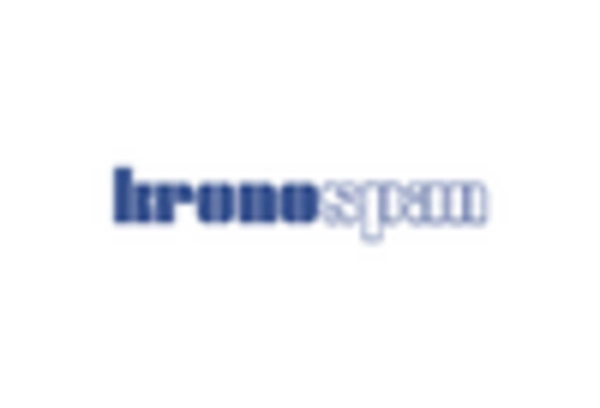
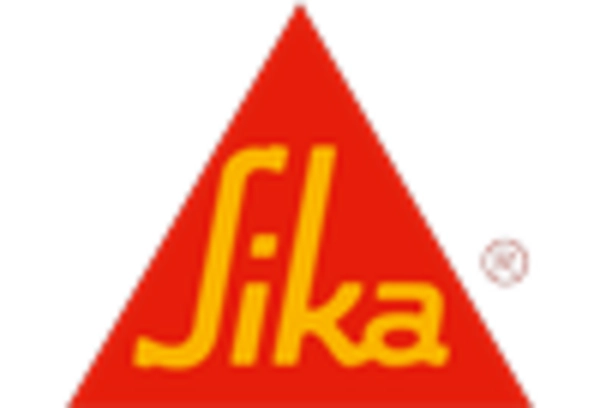









Leave a Comment